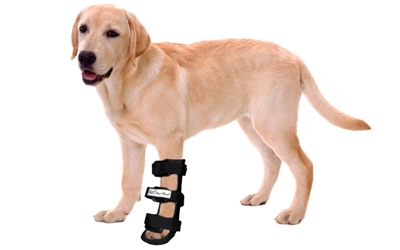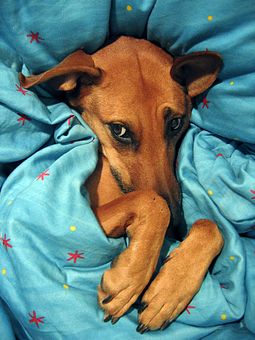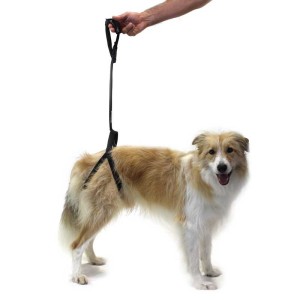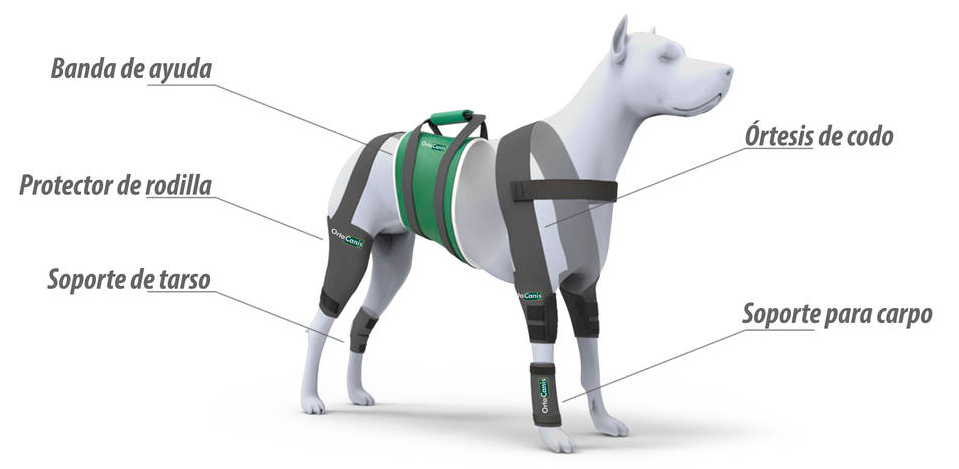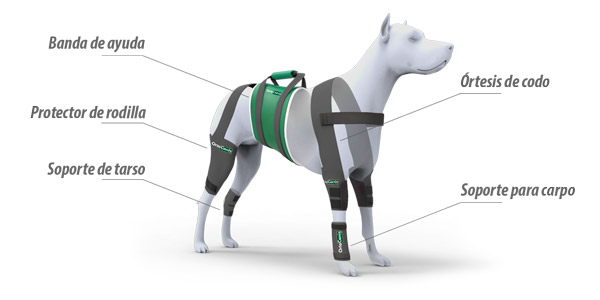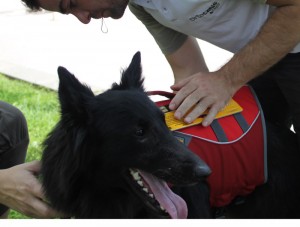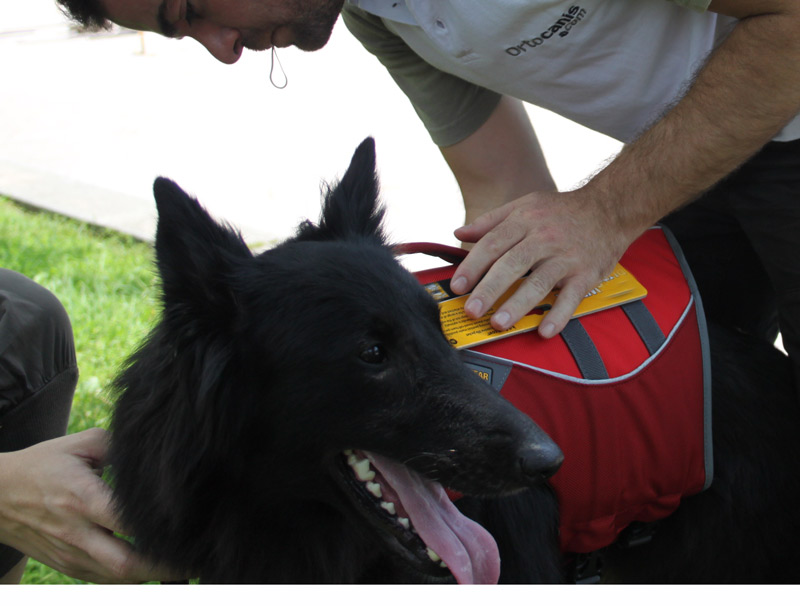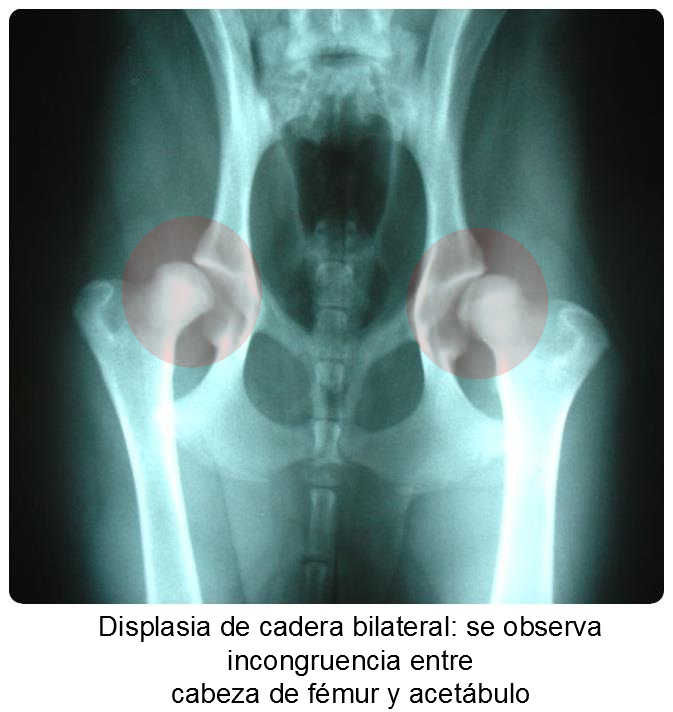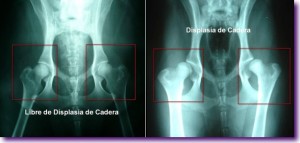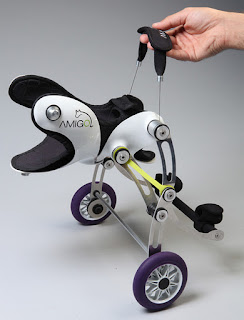Fractures in dogs, how to act?
Source: Eroski Consumer
Without knowledge of first aid, the dog’s broken limb should not be moved so as not to injure the area further.
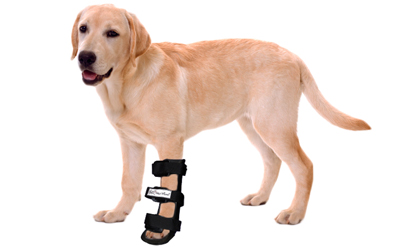 Accidents and falls are the most common causes of fractures or broken bones in dogs . But not all fractures are the same. When they are serious and the dog does not receive treatment, it can die. This article explains how the owner of a dog with a fracture should act , how to prevent them and which dogs are more at risk of suffering fractures , as well as the reasons.
Accidents and falls are the most common causes of fractures or broken bones in dogs . But not all fractures are the same. When they are serious and the dog does not receive treatment, it can die. This article explains how the owner of a dog with a fracture should act , how to prevent them and which dogs are more at risk of suffering fractures , as well as the reasons.
How should the owner of a dog with a fracture act?
If you have some knowledge of first aid, you can immobilize the injured area with a magazine or newspaper.
Owners can follow certain guidelines when their dog sustains a fracture . The main one is to go to the vet as soon as possible and move the dog as little as possible during its transfer. If you have some knowledge of first aid, you can immobilize the injured area with a magazine or newspaper tied or bandaged around the affected limb.
If you don’t know how to do it, because you don’t have minimal knowledge about how to splint the limb, it is recommended not to manipulate it. There is a risk of further injuring the area. Fractures located below the elbow or knee, in the joints, are more likely to worsen if the dog is moved.
Dogs can become unconscious after sustaining a fracture . In these cases, it is advisable to move them with their heads raised and not bend or compress the neck. In this way, we will prevent them from swallowing their tongue and they will be able to breathe. In addition, the danger of injury to the cervical area is reduced.
The speed with which we move the dog to the vet is essential. It may be that the accident occurs during the weekend or on a holiday, but there are veterinary clinics that have an emergency service and are available 24 hours a day.
Some of these clinics have an ambulance for the urgent collection of injured animals. Keep in mind that internal injuries can be more serious than fractures, so the sooner they are located and treated, the better.
“Fractures that occur in flat bones heal by themselves,” says veterinarian Ángel Suela. “However, those located in long bones, such as the femur, which break the tissue, are more serious fractures,” he says. There are those that may need surgery or cards (similar to a plaster) that immobilize the affected area for a month.
How to prevent bone breaks in the dog
Falls and accidents are frequent reasons for traumatism in the dog.
The best way to prevent fractures in dogs is to avoid accidents that cause trauma. “The gutters, drains and sewers are places where the dog suffers fractures and accidents are frequent,” warns veterinarian Leire Jiménez. Most dog fractures are due to falls and run overs . “There are dogs that fall out of the window or put their foot in a place where it gets caught and breaks,” he explains.
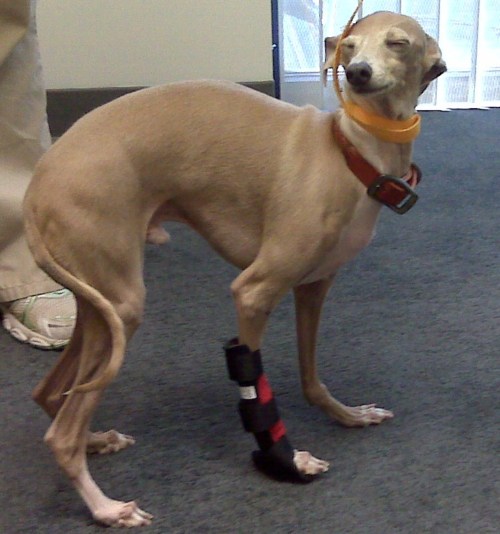 If you have a garden at home, make sure there are no places where the animal can get injured. Any gaps where their legs get caught should be plugged. If it is a dog that likes to look out the window -and is nervous and active, like a puppy-, it is advisable to close the windows or place parapets that prevent it from falling.
If you have a garden at home, make sure there are no places where the animal can get injured. Any gaps where their legs get caught should be plugged. If it is a dog that likes to look out the window -and is nervous and active, like a puppy-, it is advisable to close the windows or place parapets that prevent it from falling.
Hit-and-runs are also a source of fractures and injuries, which can be life-threatening. Therefore, the animal must circulate on a leash on public roads. In the countryside, although the dog walks without a leash in some sections, it must be supervised by its owners. The animal may escape and be run over on a nearby road or fall down a ravine or well.
Dogs at higher risk of fractures
Fractures or broken bones are more likely to occur in puppies, as they are very restless and are more at risk of falls and accidents. But dogs that suffer from bone wear (osteoporosis) or are very old are also candidates.
- Very old dogs, from 10 years. They are more at risk of breaking a bone and their fractures take longer to heal. Lack of calcium, due to age, slows down fracture repair.
- Dogs suffering from osteoporosis or decalcification of the bones. They are more at risk of fractures because their bones are weaker and a blow can cause them to break.
- Puppies and very active dogs. Above all, when the dog has access to a garden, it should be watched, since it is more at risk of falling and hitting.
Caroline Pinedo
Source: Consumer

